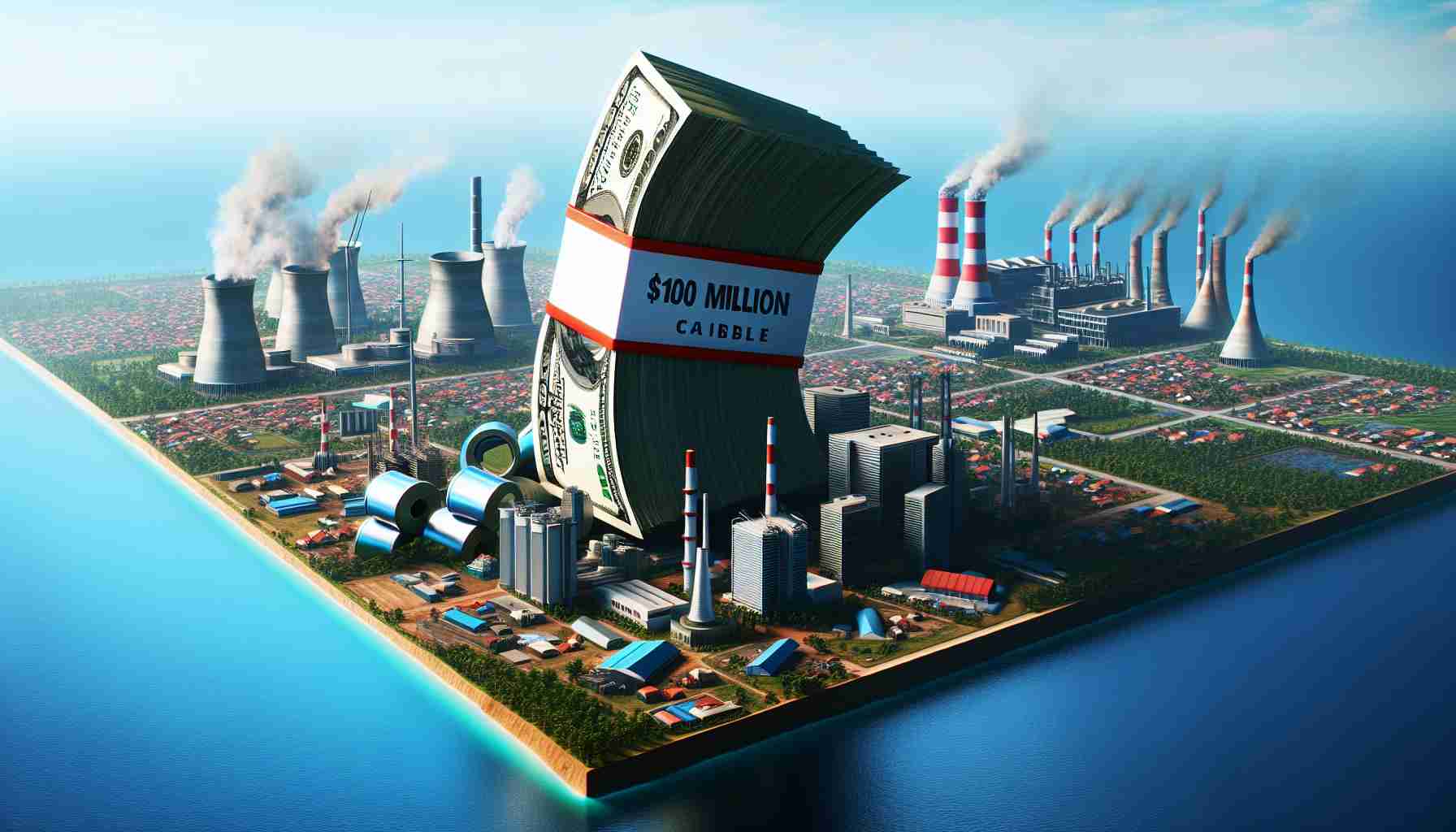State Leadership Crucial in Climate Fight Amid Federal Challenges
With the political landscape shifting once again under a new administration set to roll back federal climate policies, state governments are stepping up as frontline defenders of the environment. Caroline Spears, executive director of Climate Cabinet, stresses the critical role states will play in safeguarding and advancing climate initiatives in light of recent election outcomes.
Climate Cabinet, a prominent advocacy group supporting climate-focused candidates, placed its bets on over 170 contenders in the latest elections. Their efforts yielded a mixed bag of results: victories, losses, and several races too close to call. Yet, Spears remains hopeful, citing the importance of installing climate-committed officials in state offices to influence policy.
Democratic “trifectas” in states like Maryland, Massachusetts, Michigan, and Minnesota during previous terms led to robust climate initiatives, demonstrating the impact of cohesive state leadership on environmental legislation. Spears emphasizes that state-level governance is now more vital than ever, especially with a federal administration poised to unleash fossil fuel interests and undo existing climate policies.
State Influence in Transitioning to Clean Energy
State lawmakers and regulators wield significant power to drive the energy transition by mandating emissions reductions and enhancing investments in renewable energies like wind and solar. They can enforce policies holding large polluters accountable and set stringent emissions standards for vehicles, a critical tool as federal policies face potential reversals.
The influence extends to fiscal stewardship, where states manage federal funds from initiatives like the Inflation Reduction Act to effectively mitigate climate change. This local-level engagement promises continuity in the face of federal uncertainties, highlighting the indispensable role states play in America’s climate agenda.
Trump’s Victory Shakes Climate Priorities: States Poised to Stay the Course
As the political landscape shifts dramatically following Trump’s victory, concerns have burgeoned about the future of climate change priorities at the federal level. This scenario places states in a critical position as they continue to drive forward with environmental agendas. Despite potential federal rollbacks, states remain steadfast in their resolve to transition to clean energy, addressing urgent climate challenges.
Key Questions and Answers:
How will states maintain climate progress despite federal rollbacks?
States are poised to leverage their legislative and regulatory powers to sustain momentum in addressing climate change. They can implement robust emission reduction targets, enforce renewable energy standards, and allocate funds effectively to combat climate impacts. State autonomy allows for tailored solutions that address specific regional challenges, enabling continued progress in climate initiatives irrespective of federal policy shifts.
What are the main challenges facing state-led climate actions?
One of the primary challenges is the potential loss of federal support and funding, which could hinder ambitious state projects. States must also navigate economic pressures as they balance climate goals with local industry interests. Additionally, political opposition at the state level can obstruct climate-friendly policies, complicating cohesive action across state lines.
Advantages and Disadvantages of State-Led Climate Action:
Advantages:
1. Customization: States can develop climate strategies that are specifically designed to address local conditions and needs, leading to more effective outcomes.
2. Innovation: State-level initiatives often serve as testing grounds for innovative policies that can be replicated on a broader scale.
3. Resilience: When federal policies are uncertain, state action provides stability and continuity, safeguarding gains made in emissions reductions and renewable energy adoption.
Disadvantages:
1. Resource Constraints: Smaller states may struggle with limited resources and technical expertise required to implement comprehensive climate policies.
2. Lack of Uniformity: Disparate state policies can lead to a patchwork effect, making it difficult to achieve cohesive national climate goals.
3. Economic Pressures: States heavily dependent on fossil fuels may face significant economic disruption as they attempt to shift to green alternatives.
Controversies Associated with the Topic:
A major controversy lies in the tension between states’ climate ambitions and federal policies geared towards revitalizing fossil fuel industries. Critics argue that without unified federal leadership, state efforts may be insufficient to meet national and global climate targets. Additionally, some states may prioritize economic growth over environmental concerns, creating a divide in climate action across the country.
Related Links: For more information on state-level climate action and broader policies, consider exploring the following domains:
– Climate Cabinet
– NRDC (Natural Resources Defense Council)
– Sierra Club
The commitment of states to continue advancing climate priorities despite federal challenges underscores their indispensable role in shaping America’s environmental future. While obstacles remain, state leadership offers a beacon of hope in the fight against climate change, driving innovation and preserving gains critical to achieving long-term sustainability.
























